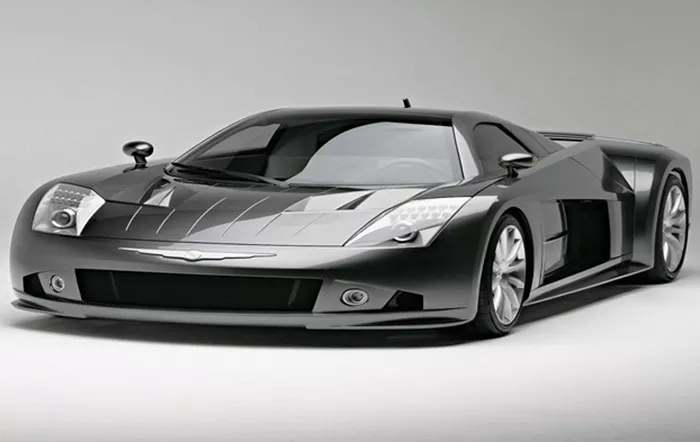Chrysler recently marked its 100th anniversary—a significant milestone for one of America’s oldest automakers. However, the commemorative offering, a special edition Pacifica minivan, has drawn criticism for falling short of expectations. The centennial model, which features only minor visual tweaks such as gloss black mirror caps and a simple sticker (not even a badge), has left many wondering why such an important occasion received so little fanfare.
Currently, the Pacifica and its Voyager sibling are the only vehicles Chrysler offers. While the Pacifica remains a strong player in the minivan segment, critics argue that the anniversary deserved something more meaningful—something to reflect Chrysler’s century-long legacy of engineering and design innovation. Commentators have suggested that the underwhelming release would disappoint company founder Walter P. Chrysler himself.
Amid the criticism, digital automotive designer Abimelec Arellano, of Abimelec Design, has reignited enthusiasm with a concept that pays homage to Chrysler’s more daring past. His rendering of a modernized Chrysler ME Four-Twelve—a supercar concept originally unveiled in 2004—imagines what a true centennial tribute could look like. The original ME Four-Twelve was a mid-engine powerhouse, equipped with a quad-turbocharged 6.0-liter V12 engine that produced 850 horsepower and 850 lb-ft of torque. It was capable of reaching 60 mph in just 2.9 seconds, with a top speed of 248 mph, rivaling the Bugatti Veyron.
Arellano’s 2025 vision updates the ME Four-Twelve with sleeker aerodynamics, a massive rear wing inspired by Koenigsegg design, and fresh front-end styling. The body is painted in a copper hue that references the historic Chrysler Turbine Car of the 1960s, and the redesigned interior features a bright blue finish, giving the vehicle a futuristic and premium look. While visually impressive, some suggest the addition of turbine-style wheels would better complete the tribute.
Chrysler CEO Chris Feuell’s celebratory message reflected on the company’s historic role in automotive progress: “Chrysler isn’t just a name—it’s a symbol of progress and a century of innovation.” While the sentiment was strong, critics argue the company’s actual product release failed to match the vision, especially in light of its history of bold design experiments.
The digital concept also serves as a reminder of Chrysler’s peak creative period in the late 1990s and early 2000s, when it introduced groundbreaking concepts such as the 1995 Atlantic, 1997 Phaeton, 1998 Chronos, and 2005 Firepower. These vehicles demonstrated the brand’s willingness to innovate, a spirit that some say is now absent.
As Chrysler looks ahead, enthusiasts hope the automaker will rediscover its ambition and develop vehicles that truly honor its legacy. Many believe that concepts like the ME Four-Twelve could inspire a renewed focus on performance, creativity, and identity—elements that defined Chrysler’s most iconic years.


